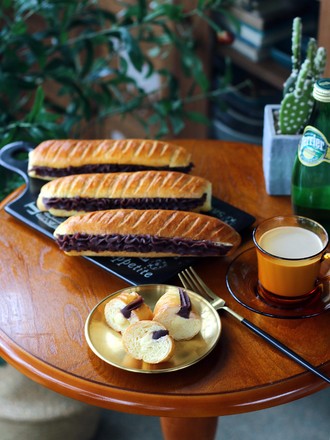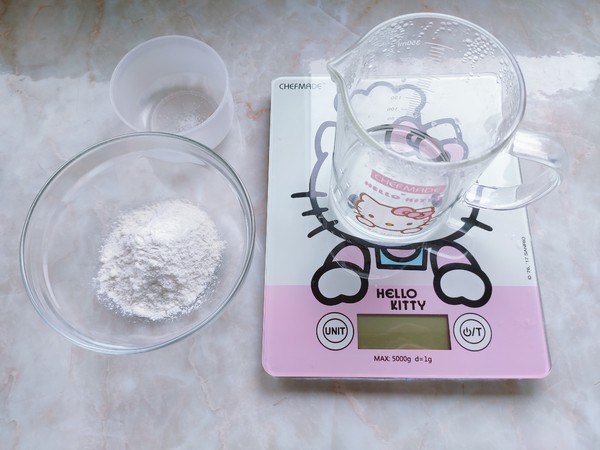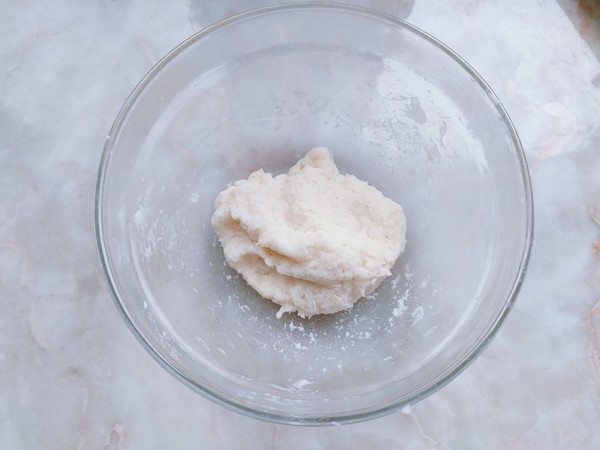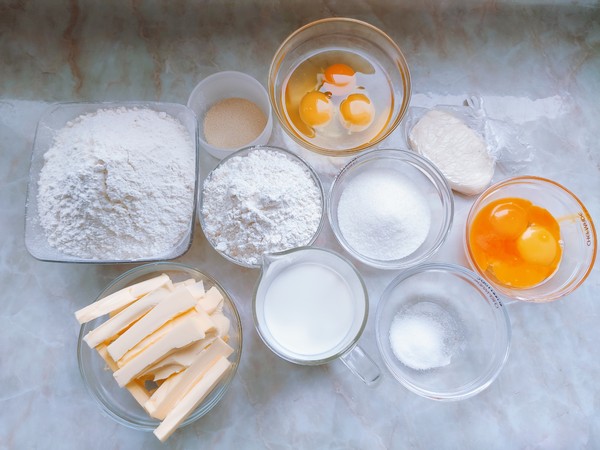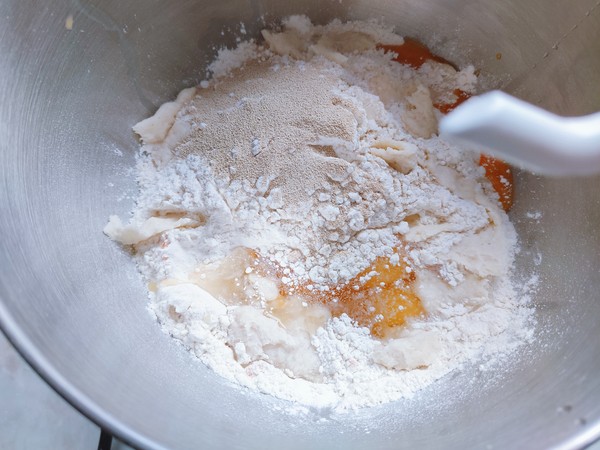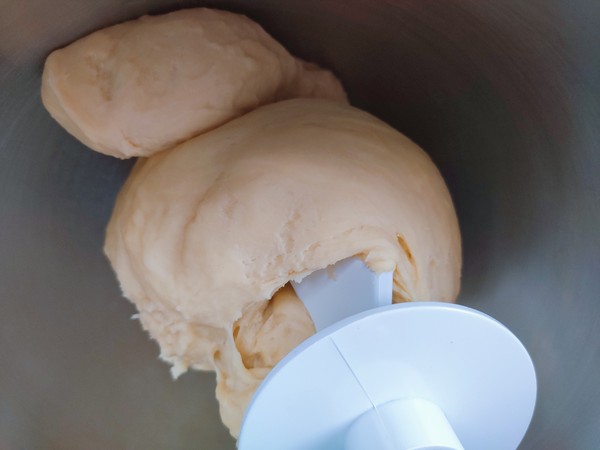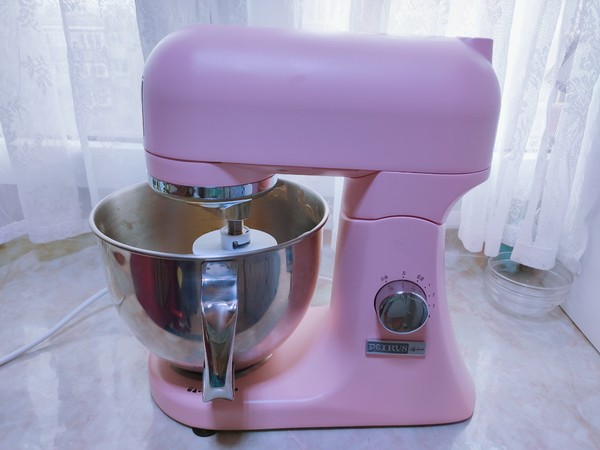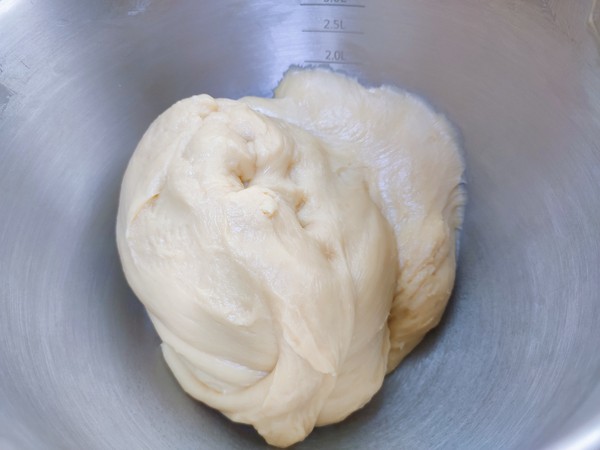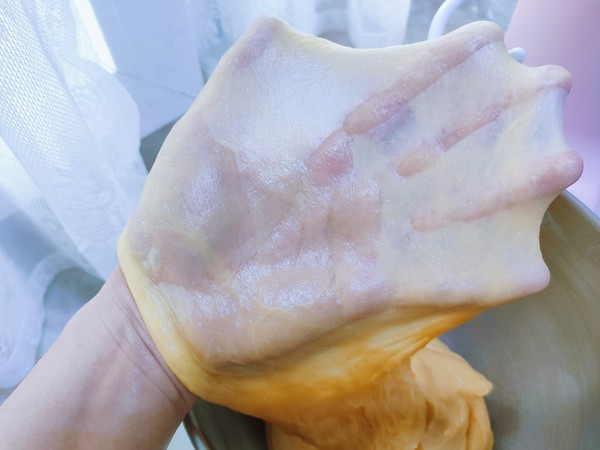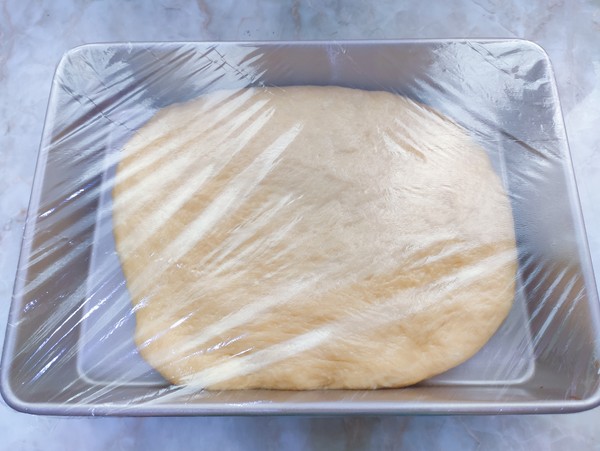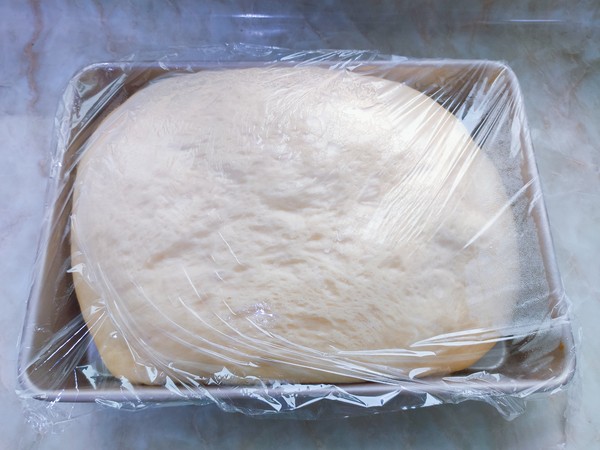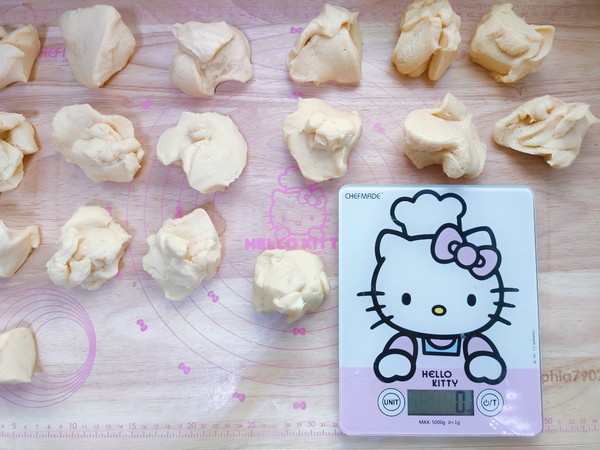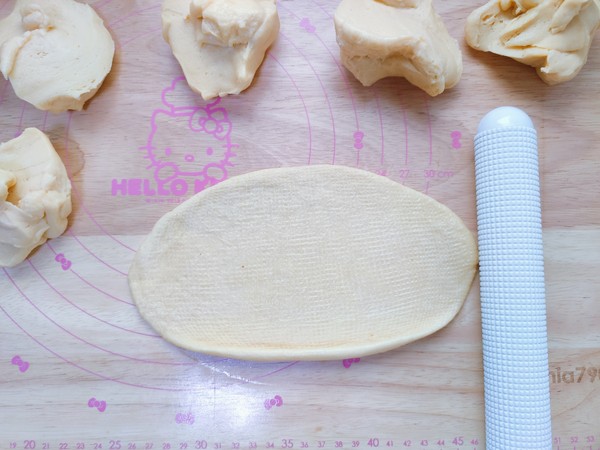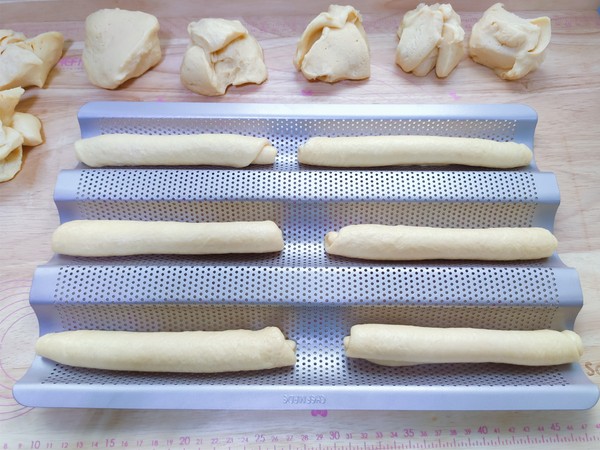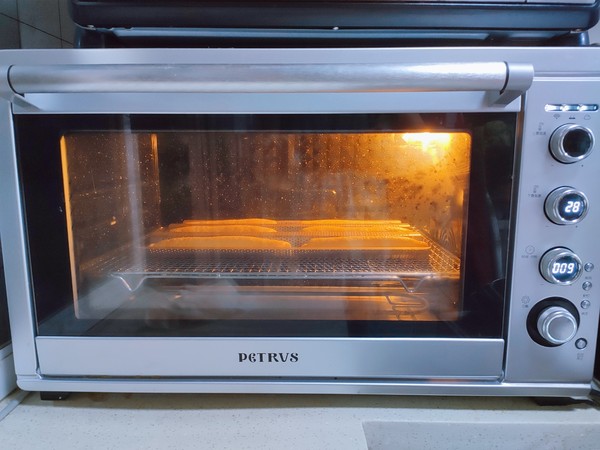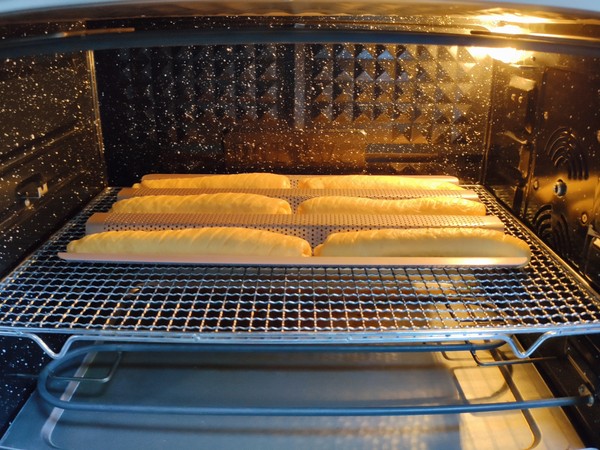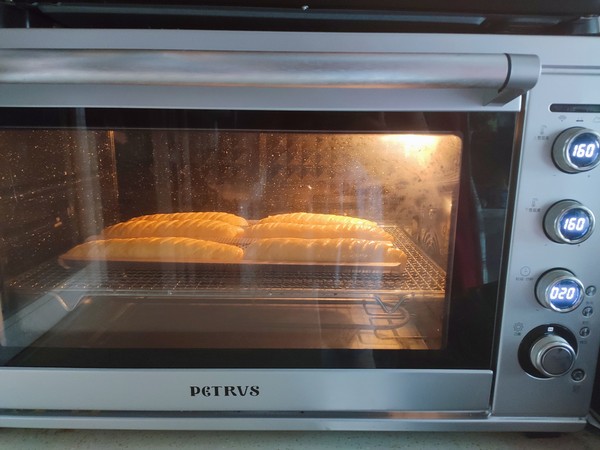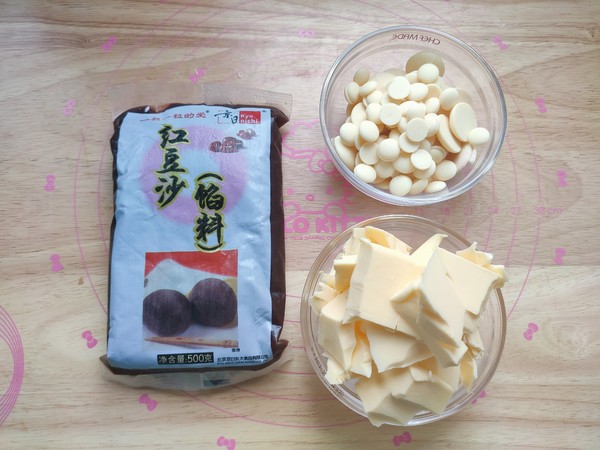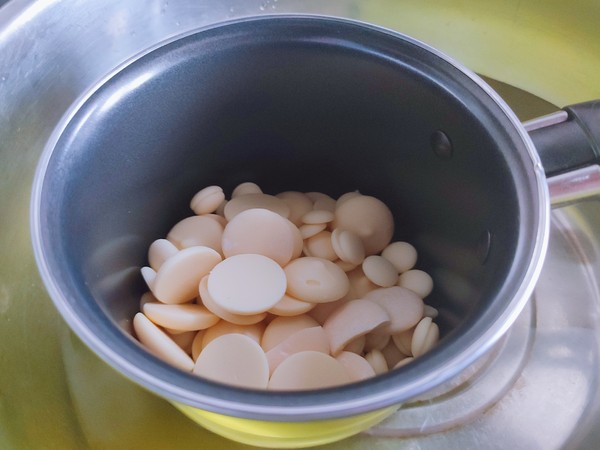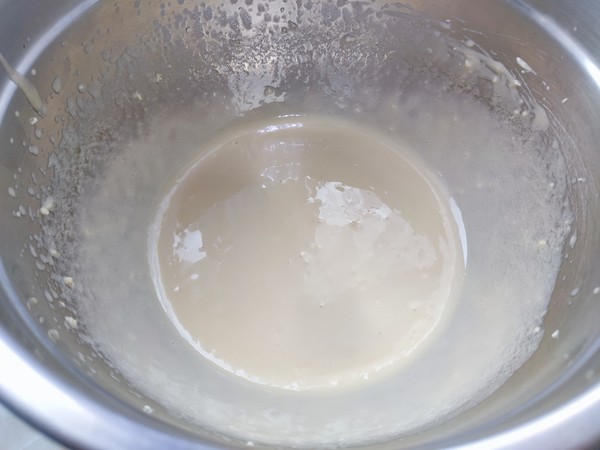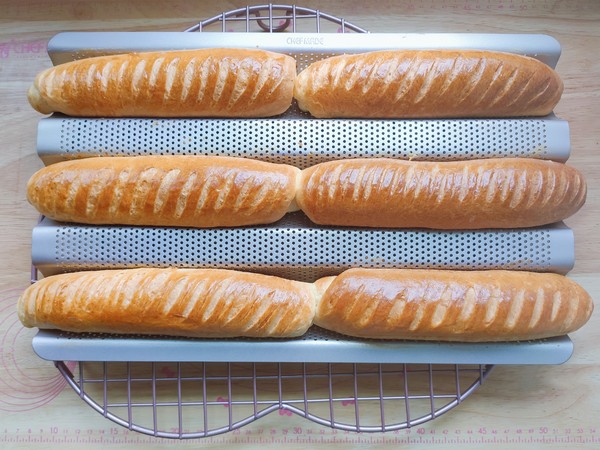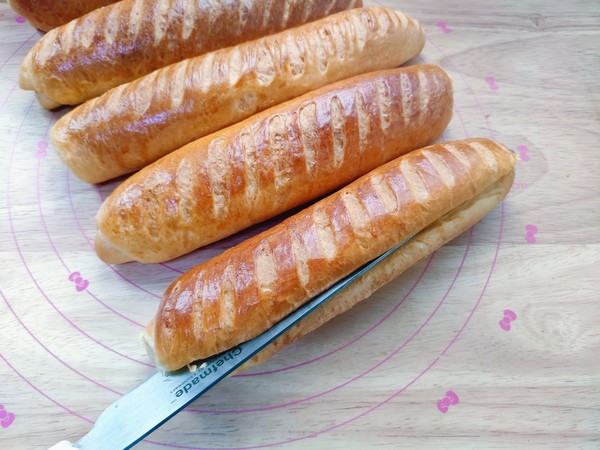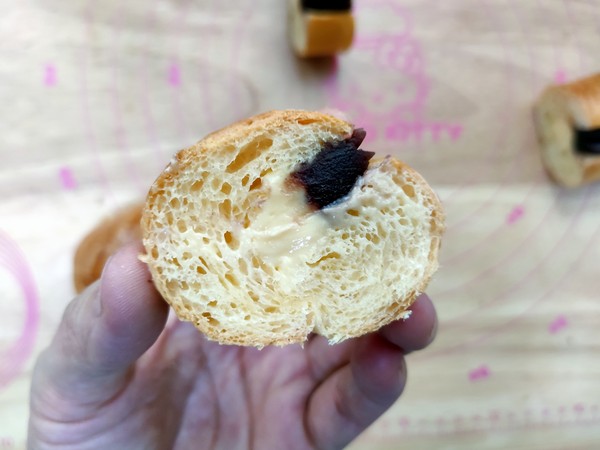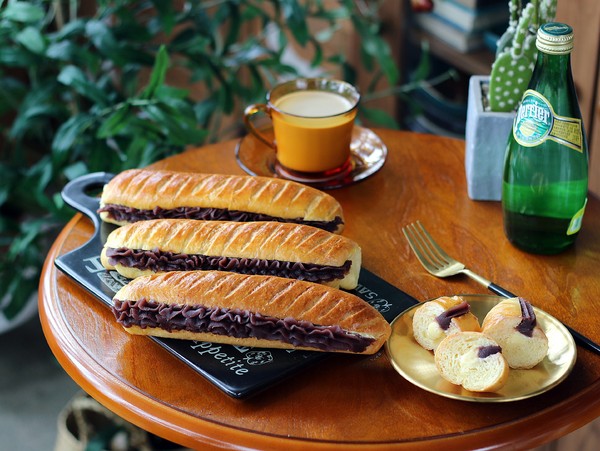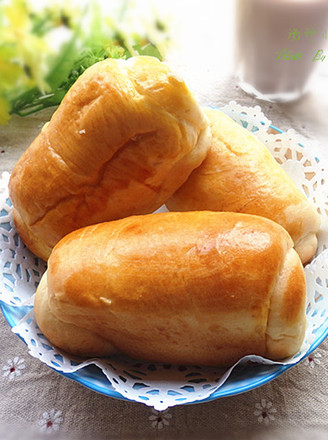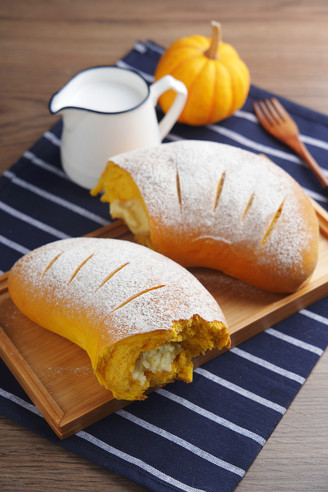Viennese Hummus Bread
by Looking for Peach Blossom Island
Favorite
Difficulty
Normal
Time
2h
Serving
2
Today, I will introduce you a kind of iced bread that can be made at home, and the finished product tastes as good as the bakery-Japanese style Viennese bean paste bread.
It is filled with sweet red bean paste and ice-cold chocolate cream. One bite, the outer bread embryo is full of air, the inner filling is sweet and not greasy, it melts in the mouth, and the layer is clear, which is very suitable for eating after refrigeration in summer.
Its production method is not difficult, it consists of a long stick-shaped bread dough and two kinds of fillings. Viennese bread embryo is a typical European bread, mainly composed of milk and eggs. Although the fat content is slightly higher, the taste is particularly soft and not greasy at all. It is much better than the sugar-free and oil-free bread. The soup is added during the production process, and the method of low-temperature refrigeration and delayed fermentation is used to make the finished product taste more moist and Q-bomb, and it will not become aging and hard after a few days.
Let's take a look at the production method with me.
Ingredients: The indicated amount can be used to make 16 pieces of Viennese bean paste bread with a length of about 15 cm.
A. Soup-25 grams of high-gluten flour, 35 grams of boiling water, 0.5 grams of salt.
B. Main dough-350g high-gluten flour, 150g low-gluten flour, 90g white sugar (or 75g white sugar), 15g fresh yeast (or 8g yeast powder), 7g salt, 150g whole egg, egg yolk 60 grams, 60 grams of soup, 120 grams of milk, 180 grams of fermented butter.
C. About 500 grams of red bean paste or red bean paste.
D. Chocolate cream filling: 150 grams of pure white chocolate, 200 grams of unsalted butter, 3 grams of Cointreau (optional).
Molds and tools used:
A. Learn to cook-spatula, egg-beating bowl, mixing bowl, kitchen electronic scale, 11-inch rectangular non-stick mold (for refrigerated fermented dough), large non-stick French stick mold (2), small milk pot (for melting chocolate) ), bread knife, decorating mouth, decorating bag (for squeezing stuffing).
B. Bai Cui——PE4800 cook machine, PE5609 oven.
It is filled with sweet red bean paste and ice-cold chocolate cream. One bite, the outer bread embryo is full of air, the inner filling is sweet and not greasy, it melts in the mouth, and the layer is clear, which is very suitable for eating after refrigeration in summer.
Its production method is not difficult, it consists of a long stick-shaped bread dough and two kinds of fillings. Viennese bread embryo is a typical European bread, mainly composed of milk and eggs. Although the fat content is slightly higher, the taste is particularly soft and not greasy at all. It is much better than the sugar-free and oil-free bread. The soup is added during the production process, and the method of low-temperature refrigeration and delayed fermentation is used to make the finished product taste more moist and Q-bomb, and it will not become aging and hard after a few days.
Let's take a look at the production method with me.
Ingredients: The indicated amount can be used to make 16 pieces of Viennese bean paste bread with a length of about 15 cm.
A. Soup-25 grams of high-gluten flour, 35 grams of boiling water, 0.5 grams of salt.
B. Main dough-350g high-gluten flour, 150g low-gluten flour, 90g white sugar (or 75g white sugar), 15g fresh yeast (or 8g yeast powder), 7g salt, 150g whole egg, egg yolk 60 grams, 60 grams of soup, 120 grams of milk, 180 grams of fermented butter.
C. About 500 grams of red bean paste or red bean paste.
D. Chocolate cream filling: 150 grams of pure white chocolate, 200 grams of unsalted butter, 3 grams of Cointreau (optional).
Molds and tools used:
A. Learn to cook-spatula, egg-beating bowl, mixing bowl, kitchen electronic scale, 11-inch rectangular non-stick mold (for refrigerated fermented dough), large non-stick French stick mold (2), small milk pot (for melting chocolate) ), bread knife, decorating mouth, decorating bag (for squeezing stuffing).
B. Bai Cui——PE4800 cook machine, PE5609 oven.

